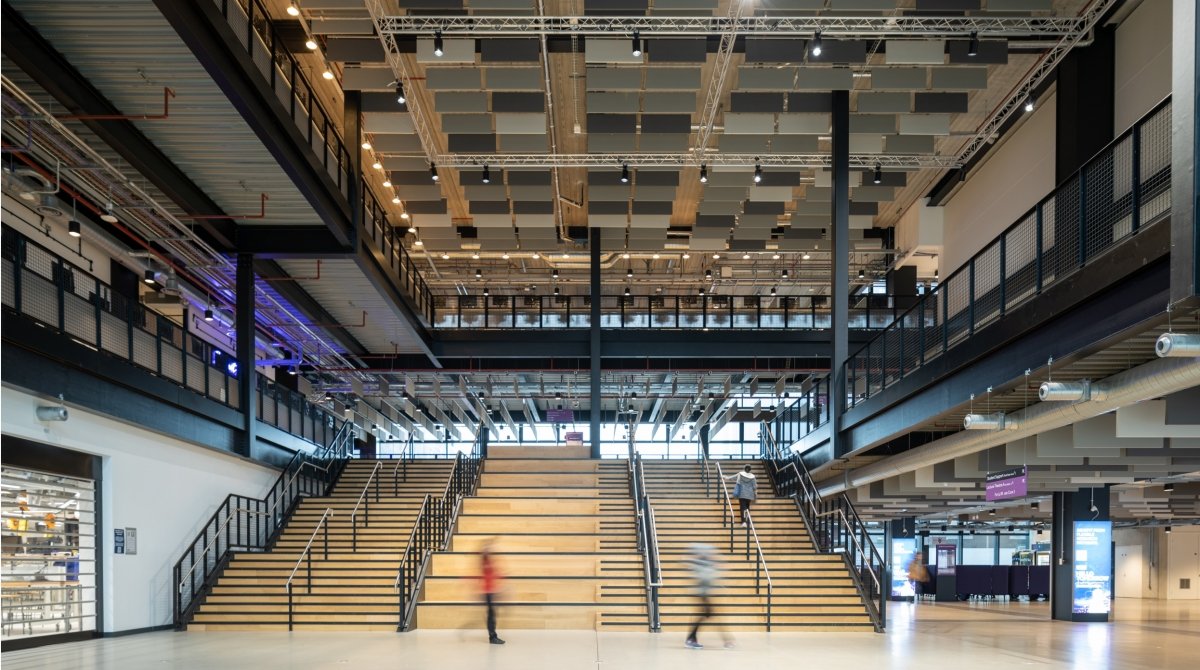

By Tim Bowes, Head of Lighting Application, Whitecroft Lighting
As businesses and households look for ways to slash their bills and save energy, particularly over the winter months, lighting is one area that can help to significantly cut costs and carbon.
UK homes and businesses are currently losing out on up to £3.1 billion worth of savings by not improving energy efficiency, yet lighting, which makes up around 23% of operational emissions in commercial buildings, can deliver huge savings when it is used intelligently.
There are three main ways you can make your lighting work better for you. These are switching to LED lights, fitting lighting controls and selecting for long-term performance:
Switching to renewable energies and making efficiencies are the fundamental building blocks of achieving net zero. One change can include saying farewell to inefficient fluorescent and halogen lights. If your business has not already replaced older lighting with more energy-efficient LED options, preferably Cradle to Cradle Certified®, now is the time to do so.
Sales of less energy-efficient fluorescent and halogen lighting are being phased out under UK and EU laws, with ultra-long-life LED light fittings able to generate cost savings of up to 50% and bring significant energy-saving benefits:
Find out more about the fluorescent lamp phase out
Lighting is not just a question of fit and forget. Achieving cost and energy savings means removing any wasteful or inefficient use.
Lighting controls help to prevent light wastage, not only creating more flexible working spaces but also offering the single biggest opportunity for saving energy on a new build or refurbishment project.
Read more about lighting controls
Any investment in a new lighting system should factor in the long-term viability and expected lifetime of all its materials, as well as environmental benefits.
Criteria such as the longevity of products and the options for regenerating individual elements are vital to the lifetime financial performance of a lighting system.
A high efficiency LED lighting system designed in line with circular economy principles will deliver immediate cost and energy savings but will also be easier to maintain and repair and give businesses the ability to harness future energy savings at minimal cost.
Read more about Whitecroft Vitality
I’m Tim Bowes, the Head of Lighting Application at Whitecroft Lighting. I lead the development of Whitecroft Lighting’s Cradle to Cradle Certified product range, including the delivery of our first third-party verified EPDs.
Get in touch with Tim at Tim.Bowes@whitecroftlight.com


